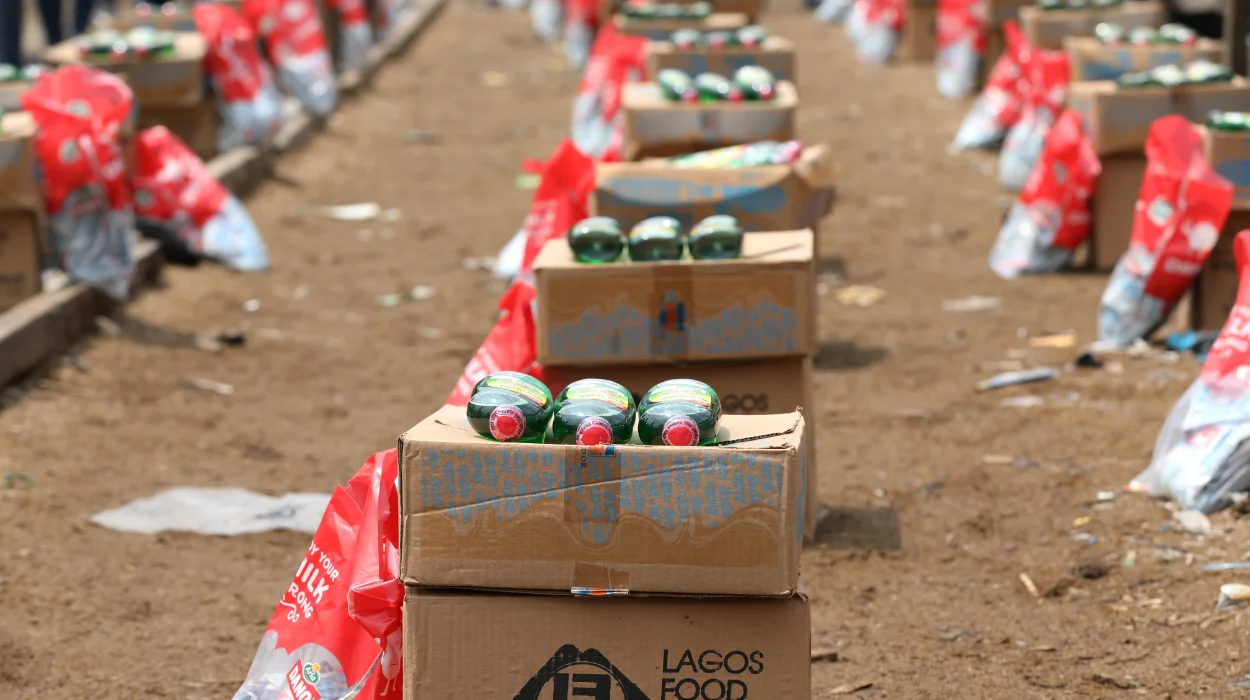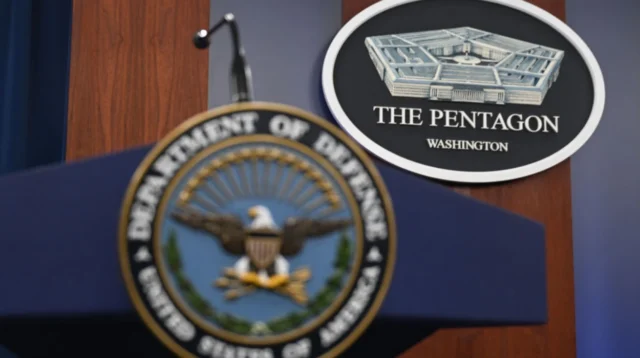By mid-2025, Nigeria remains at the center of a severe hunger crisis. The June Cadres Harmonisé report projects over 30.6 million people facing acute food insecurity across 26 states and the Federal Capital Territory. Though slightly below 2024 levels, Nigeria still ranks among the world’s worst-affected countries.
The report shows a worrying increase in emergency levels of hunger. More than 1.2 million people are experiencing severe food shortages compared with 680,000 the previous year. The most adverse conditions are being experienced in states in the northern and northeastern parts of the country, especially Zamfara, Borno, Katsina, Sokoto and Yobe, where violence is persistent, the rule is weak and crop failures are experienced because of climatic conditions.
Interconnected Drivers of Food Insecurity
Forced movement and armed conflict continue to be major catalysts of the food crisis. This is due to the Boko Haram insurgency and other security threats that have displaced more than two million people mostly in the northeast. These societies experience failed markets, destroyed agriculture and limited access to humanitarian aid.
On top of these issues are economic pressures. The inflation rate in Nigeria is not stable and by July 2025, the food inflation will be close to 40%. This has crisply restricted household buying authority, generating overwhelming food access hindrances in even less war-ridden states.
Child and Maternal Malnutrition Worsens
The humanitarian cost is especially worrying for kids and women. UN agencies are estimating that 5.4 million children and 800,000 pregnant women or breastfeeding women are facing the threat of acute malnutrition. Of these, nearly 1.8 million children are expected to suffer from severe acute malnutrition requiring urgent treatment.
Nutrition centers are facing operational paralysis due to lack of funding. Some centers have already ceased services in conflict-affected regions, exposing communities to rising child mortality linked to hunger.
The Role of US Humanitarian Assistance
In response to growing need, the United States approved a $32.5 million aid package in 2025 to support food and nutrition programs across Nigeria’s worst-hit regions. This assistance comes after a period of curtailed international funding and represents a policy reset from earlier disengagement during the Trump administration.
The funding, administered via the United Nations World Food Programme (WFP), is expected to benefit over 764,000 individuals. Specific targets include 43,200 children and approximately 41,500 pregnant and lactating women through direct nutritional support and food vouchers.
Bridging A Humanitarian Financing Gap
With WFP reporting dangerously depleted stocks and suspended activities earlier this year, the US contribution helps prevent complete program shutdowns. It enables the continuation of emergency distributions in displacement camps and conflict-prone areas, where local food systems are non-functional or inaccessible.
WFP field coordinators in Maiduguri and Yola noted that even minimal support in these zones “can be the difference between life and death,” given the absence of market alternatives or secure livelihoods.
Limitations and Unmet Needs
The aid amount of 32.5 million is not enough considering the gravity of the crisis. According to experts of the Food and Agriculture Organization (FAO), a single injection is not sufficient to counteract long-term vulnerabilities and to solve the root causes of land degradation, poor governance and a weak security environment.
The financing is not sustainable development financing or climate-resilient agricultural interventions to restore local economies. The risk of repeat crises is not eliminated without prior attention to the structural underpinnings of hunger.
Shrinking Development Footprint in Nigeria
There are also operational constraints that inhibit the effectiveness of aid. There have been rising insecurity threats to America aid and other foreign agencies, which have limited their access to important areas. Their decreasing population reduces their ability to coordinate in areas of health, education, and economic recovery which are key areas of integrated response strategies.
Nigerian institutions, though getting more involved, have insufficient capacity and money to seal these gaps on their own. Donor fragmentation and delays in disbursements are other factors that weaken the efficacy of the response framework.
Domestic and International Response Coordination
Combating hunger in Nigeria has several layers. The main actors of the current interventions are the federal and state governments of Nigeria, United Nations organizations (UNICEF, FAO and WFP), as well as the international NGOs and the donor states.
However, duplication of mandates and disproportionate funding channels still remain a challenge to coordination. The national Social Investment Programme and Agricultural Transformation Agenda have not had a large-scale effect, partly because of a low coverage and barriers to implementation.
Integrating Agriculture and Nutrition Solutions
Stakeholders are pushing more towards resilience oriented models. These are agricultural support, livelihood diversification, irrigation investment and nutrition education. This would be increased to reduce reliance on emergency relief as well as augment the food security system in future.
The UN has recommended the transition to long-term investments in rural infrastructure and climate adaptation to lessen the most severe impacts of drought, floods, and soil erosion all of which have a significant adverse effect on the food belt of northern Nigeria.
Balancing Emergency Relief With Lasting Solutions
Donor agencies face a twofold challenge of providing short-term food relief and preventing long-term reliance on the aid. Humanitarian actors note that food production and market recovery cannot be achieved without solving the violent conflicts that are displacing farmers and traders.
The US has not defined a detailed plan to connect its emergency response to the overall peacebuilding and economic stabilization efforts in Nigeria. Diplomatic assistance should be incorporated into development assistance, which has not yet happened.
This accelerated relief / long-term development dilemma suggests merit in blended funding sets-ups and collective country solutions to food sovereignty and inclusive development.
National Dialogue and Strategic Investment Needs
The food and climate security of the nation requires a national discourse concerning COVID in Nigeria. The government of President Bola Ahmed Tinubu has begun conducting policy consultations with stakeholders in the areas of agriculture, trade, and security in the region, although its execution is slow.
There is an increasingly loud voice of Nigerian civil society groups who are urging international donors to focus on local ownership and capacity building in food governance. Not doing so poses a danger of increasing the chain of hunger and national helplessness.
Badaru Abubakar, a Nigerian analyst and commentator, recently remarked that
“While $32.5 million is crucial, comprehensive sustained investment is necessary to enable millions of Nigerians to move from emergency reliance to food sovereignty.”
My fellow Nigerians,
— Bola Ahmed Tinubu (@officialABAT) August 4, 2024
Today, I address you with a sense of responsibility, as we navigate through these times. The protests, which turned violent in some parts of our nation, have caused unimaginable pain and loss, particularly to the families of those who have tragically lost… pic.twitter.com/mSR9zHc4Lb
As 2025 progresses and donor attention is stretched across global emergencies, how stakeholders balance short-term lifesaving aid with longer-term transformation will define the trajectory of food security in Nigeria—and its implications for the wider West African region.





